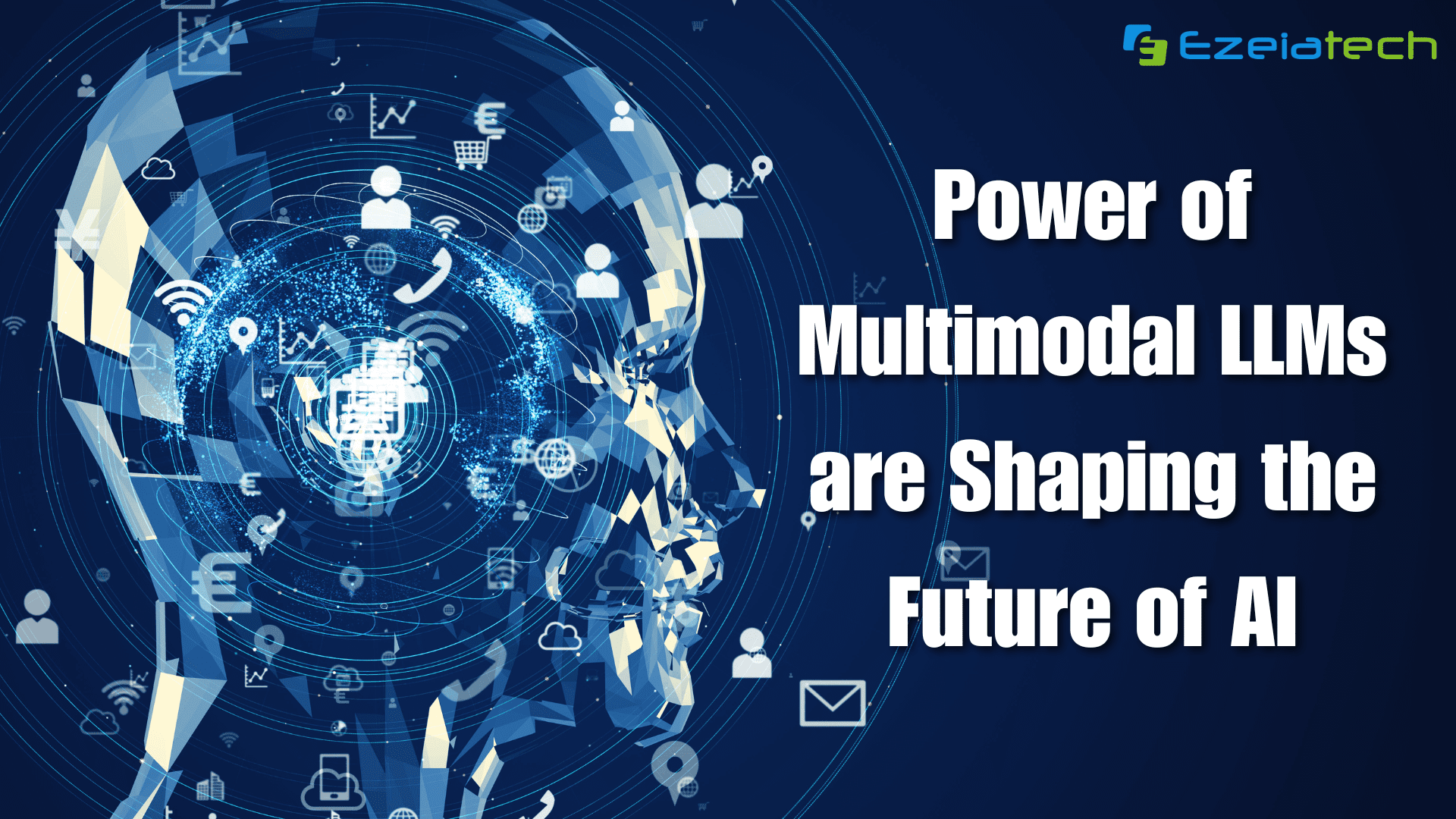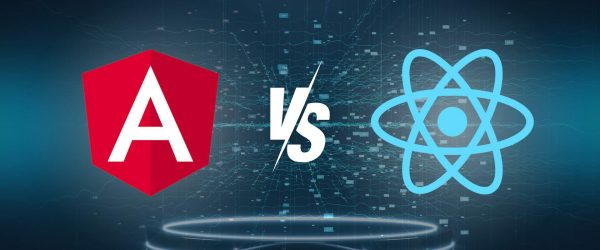Introduction
In the rapidly evolving landscape of artificial intelligence, Multimodal Language Models (LLMs) have emerged as transformative forces, pushing the boundaries of what AI can achieve. In this first part of our two-part series, we will delve into the essence of Multimodal LLMs, their workings, and their applications that are reshaping industries.
What is Multimodal LLMs?
Multimodal LLMs, short for Multimodal Language Models, represent a fusion of language understanding and visual perception within a single model. Unlike traditional unimodal systems that focus solely on either text or images, Multimodal LLMs can simultaneously process and comprehend both text and visual information. This integration is achieved through advanced neural networks, enabling a more holistic understanding of data.
Understanding Multimodal LLMs
At the core of Multimodal LLMs lies the ability to contextualize information across different modalities. These models leverage pre-trained language representations, such as GPT (Generative Pre-trained Transformer), and incorporate visual features extracted from images. This amalgamation results in a comprehensive understanding of content, fostering a more nuanced and context-aware AI.
Top 5 Industry Applications of Multimodal LLMs
1. Healthcare Diagnosis and Imaging:
Multimodal LLMs excel in analyzing medical images and reports, aiding healthcare professionals in accurate diagnosis and treatment planning. The integration of textual patient history with visual data enhances the overall diagnostic accuracy.
2. E-commerce Visual Search:
In the world of e-commerce, Multimodal LLMs empower visual search functionalities. Users can now search for products not just based on text but also by uploading images, creating a more intuitive and user-friendly shopping experience.
3. Autonomous Vehicles:
For autonomous vehicles, interpreting and reacting to diverse inputs is critical. Multimodal LLMs play a pivotal role by processing both textual instructions and visual data from the surroundings, ensuring safer and more efficient navigation.
4. Content Moderation in Social Media:
Social media platforms leverage Multimodal LLMs to enhance content moderation. By combining text analysis with image recognition, these models can identify and flag inappropriate content, maintaining a safer online environment.
5. Virtual Assistants and Human-Machine Interaction:
Multimodal LLMs are instrumental in improving virtual assistants’ natural language understanding and response generation. Integrating visual context enables more contextually relevant and human-like interactions.
Benefits of Multimodal LLMs Over Unimodal Systems
The shift from unimodal to Multimodal LLMs brings forth several advantages. Firstly, the holistic understanding of data leads to improved accuracy in tasks involving both text and visual elements. Secondly, the ability to learn from diverse sources enables these models to adapt better to various applications. Furthermore, Multimodal LLMs often require less labeled data for training, making them more efficient in scenarios with limited annotated datasets.
Understanding the Models of Artificial Intelligence
Before delving into the technical aspects of Multimodal LLMs, it’s crucial to grasp the broader spectrum of artificial intelligence (AI) models. AI models can be categorized into rule-based systems, machine learning, and deep learning. Multimodal LLMs fall under the umbrella of deep learning, a subset of machine learning, where neural networks with multiple layers mimic the human brain’s intricate learning process.
The Technical Structure and Advantages of Multimodal LLM
1. Neural Networks in Multimodal LLMs:
Multimodal LLMs leverage neural networks, specifically transformer architectures like GPT, to process and understand information. These networks consist of layers of interconnected nodes that pass and transform data, enabling the model to learn complex patterns and relationships within multimodal inputs.
2. Feature Extraction from Text and Images:
The technical prowess of Multimodal LLMs lies in their ability to extract meaningful features from both text and images. For textual information, the model uses pre-trained language representations, capturing the semantics and context. Simultaneously, visual features are extracted using convolutional neural networks (CNNs), allowing the model to comprehend images.
3. Attention Mechanism:
One key element in the success of Multimodal LLMs is the attention mechanism. This mechanism enables the model to focus on specific parts of the input sequence, whether it’s a word in a sentence or a region in an image. This selective attention ensures that the model can effectively combine information from different modalities.
4. Transfer Learning and Fine-tuning:
Multimodal LLMs often benefit from transfer learning, where a model pre-trained on a large dataset for one task can be fine-tuned for specific applications. This approach is advantageous in scenarios where labeled data for a particular task is limited, as the model can leverage knowledge gained from broader datasets.
Conclusion
In conclusion, Multimodal LLMs offer a glimpse into the future of AI, where machines comprehend and interact with information more naturally. The combination of linguistic and visual understanding positions these models as versatile tools, paving the way for enhanced decision-making, creativity, and problem-solving in diverse domains.
FAQs: Unraveling the Complexities of Multimodal LLMs
Q1: How do Multimodal LLMs handle diverse data sources?
Multimodal LLMs utilize neural networks and attention mechanisms to process information from various sources, enabling a cohesive understanding of diverse data.
Q2: Can Multimodal LLMs be fine-tuned for specific tasks?
Yes, Multimodal LLMs often undergo fine-tuning, allowing them to adapt to specific applications and tasks with limited labeled data.
Q3: What sets Multimodal LLMs apart from unimodal systems?
The key distinction lies in the simultaneous processing of both text and visual information, providing a more comprehensive and context-aware understanding.
Q4: How do attention mechanisms contribute to Multimodal LLMs’ performance?
Attention mechanisms allow the model to focus on specific elements in the input sequence, enhancing its ability to combine information effectively across modalities.
Thank you for reading. For continued insights and in-depth discussions, please follow our blogs at Ezeiatech.







